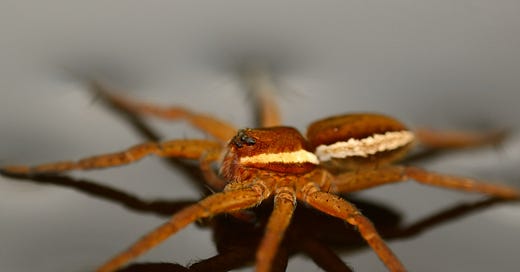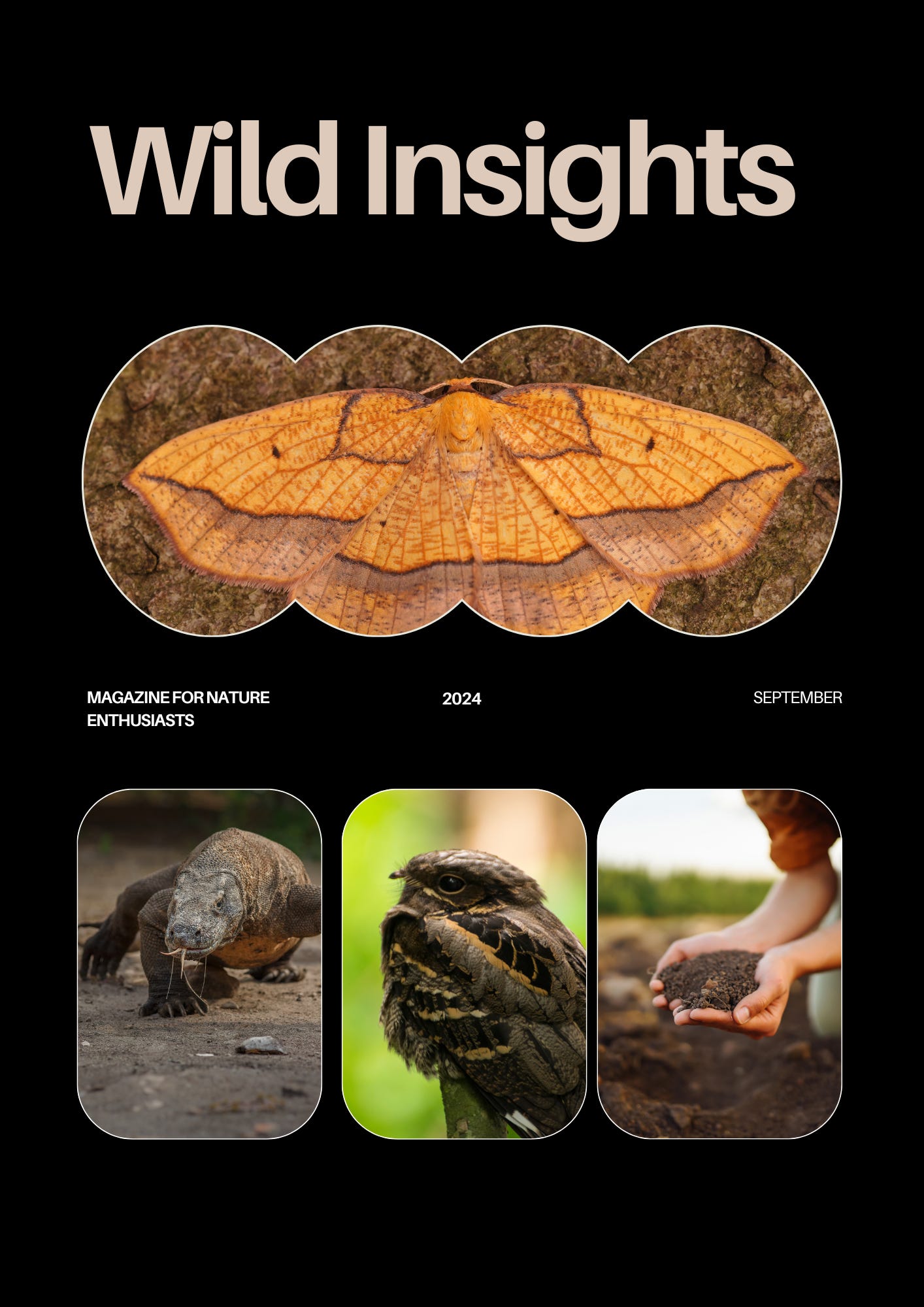A glorious success story for the rare Fen Raft Spider
How dedicated conservation prevented a fish-eating species from going extinct
by Annette J Beveridge
While large spiders may not be to everyone’s taste, a spider that once faced extinction in the UK is making a comeback thanks to dedicated conservation efforts.
The large Fen Raft Spider is now steadily increasing due to the collaboration between Suffolk and Sussex Wildlife Trusts, Natural England, the Broads Authority, the RSPB and the British Arachnological Society.
The species became rare due to the destruction and degradation of lowland, and wetland habitats but since the spiders were introduced to two sites on the Norfolk and Suffolk Broads, sustainable populations have increased.
A recent survey on the population in the UK revealed there are approximately 4000 female Fen Raft Spiders.
These large semi-aquatic ambush predators sit on the surface of the water with the sensitive leg hairs helping to detect any movement. Once seen, identification is easy as there is a white or cream coloured band along the body.
The length of the female’s body is up to 23 mm - less than one inch but the leg span can be up to seven cm - just under three inches. The lifespan of this spider varies between one to three years.
The spiders emerge as adults in the latter part of April or May and search for a mate immediately. Females will be seen with egg sacs in June and the extensive nursery webs will be visible from the end of June up to August.
The females are very caring to their young. Once mating has taken place, the females build an egg sac and carry this for about three weeks. Every few hours, she dips the egg sac into water to ensure the eggs remain moist. A nursery web is then built to protect the baby spiders’ first week of life.
The eggs are suspended above the water in a web attached to plants. After the first week, the young spiders move into nearby vegetation.
Fen Raft Spiders will feast on other invertebrates such as small spiders, dragonfly larvae and pond skaters but they will also catch tadpoles and even fish.
Despite its significant size, most people will never get to see one of these spiders due to its preference for marsh areas and wetlands, but the spider is completely harmless to humans.







